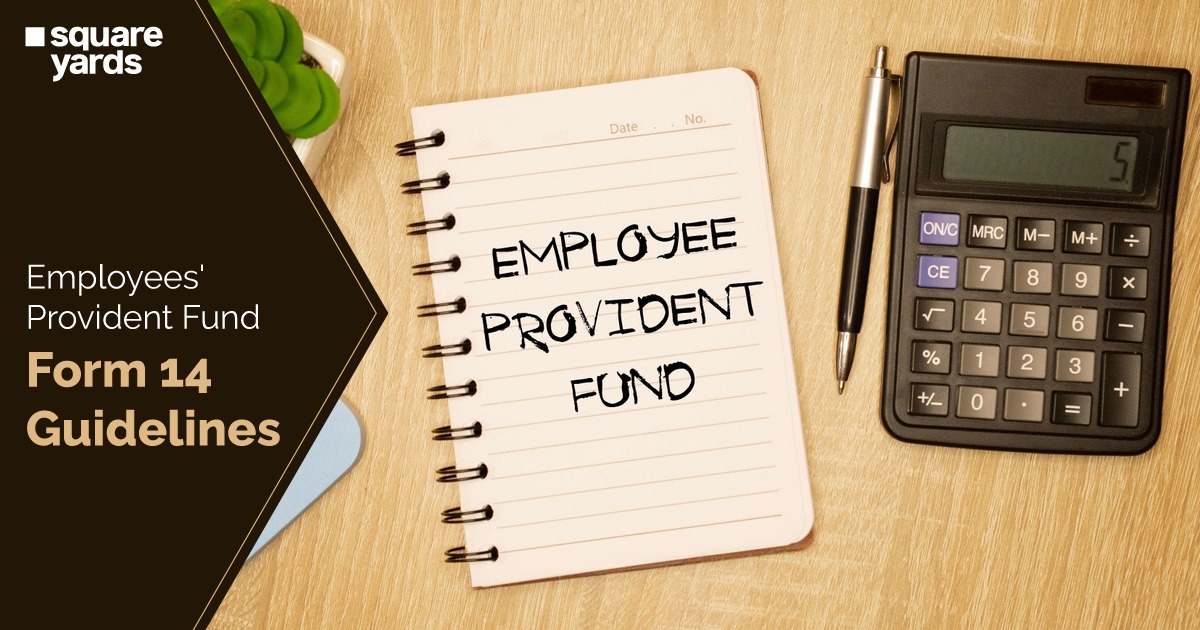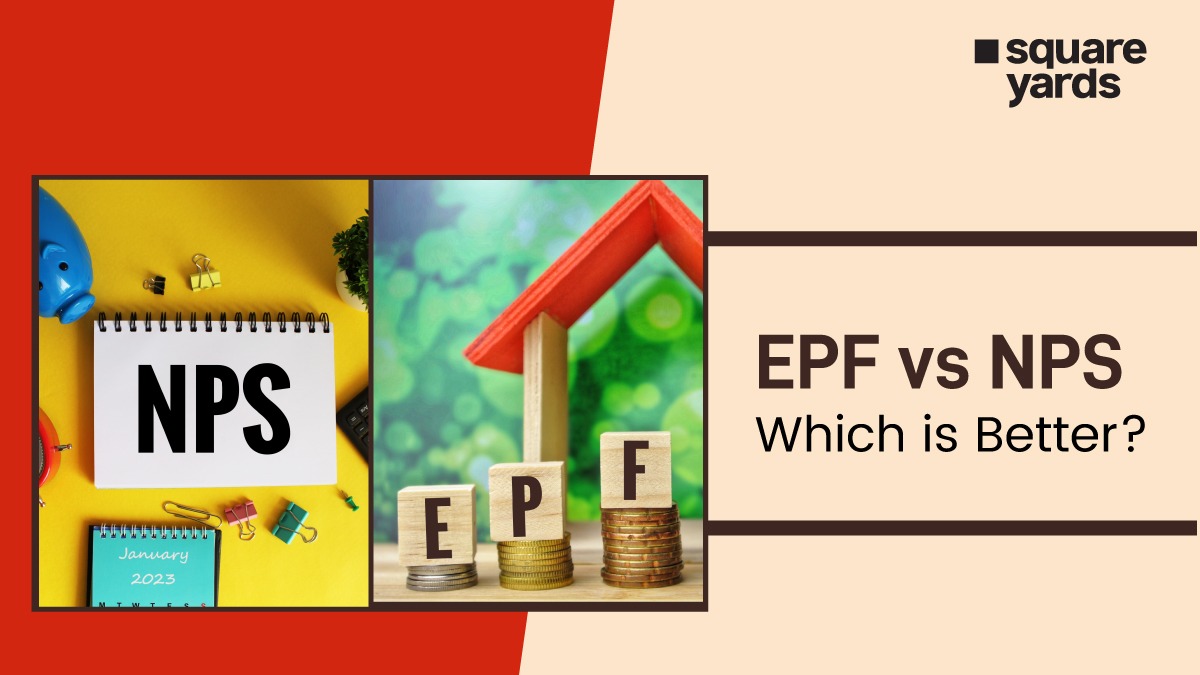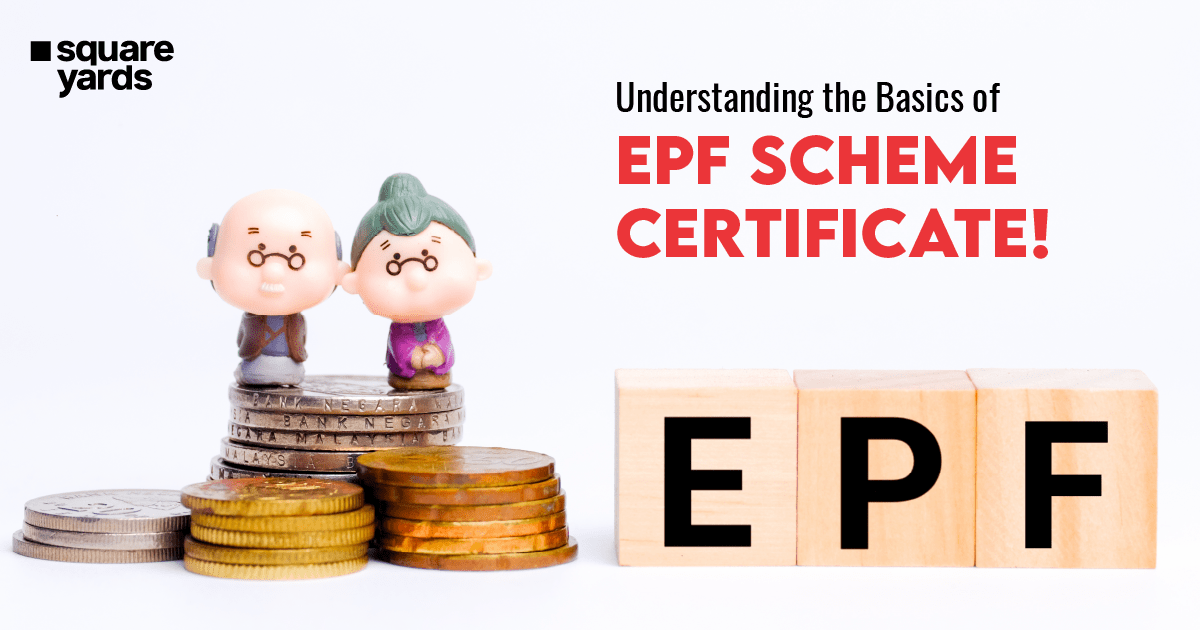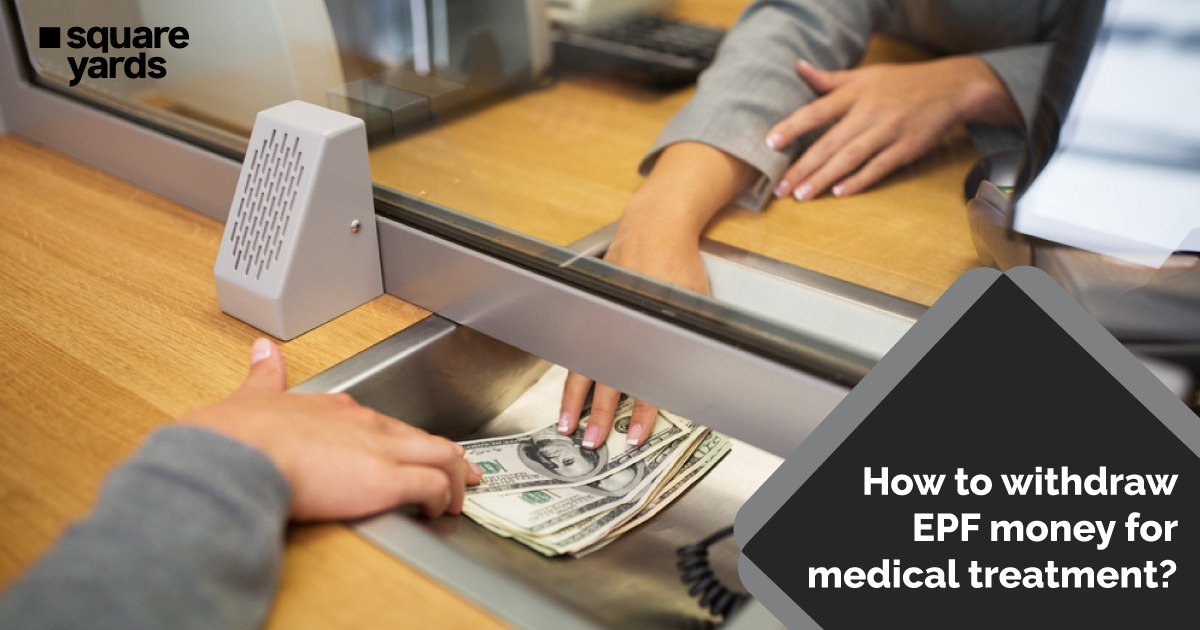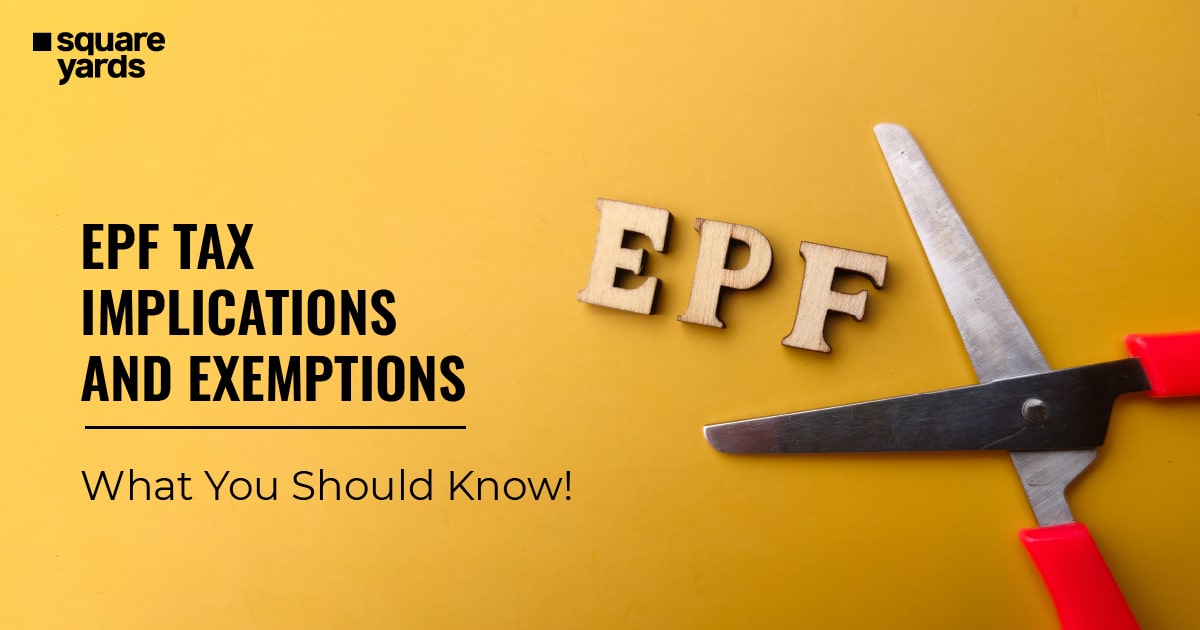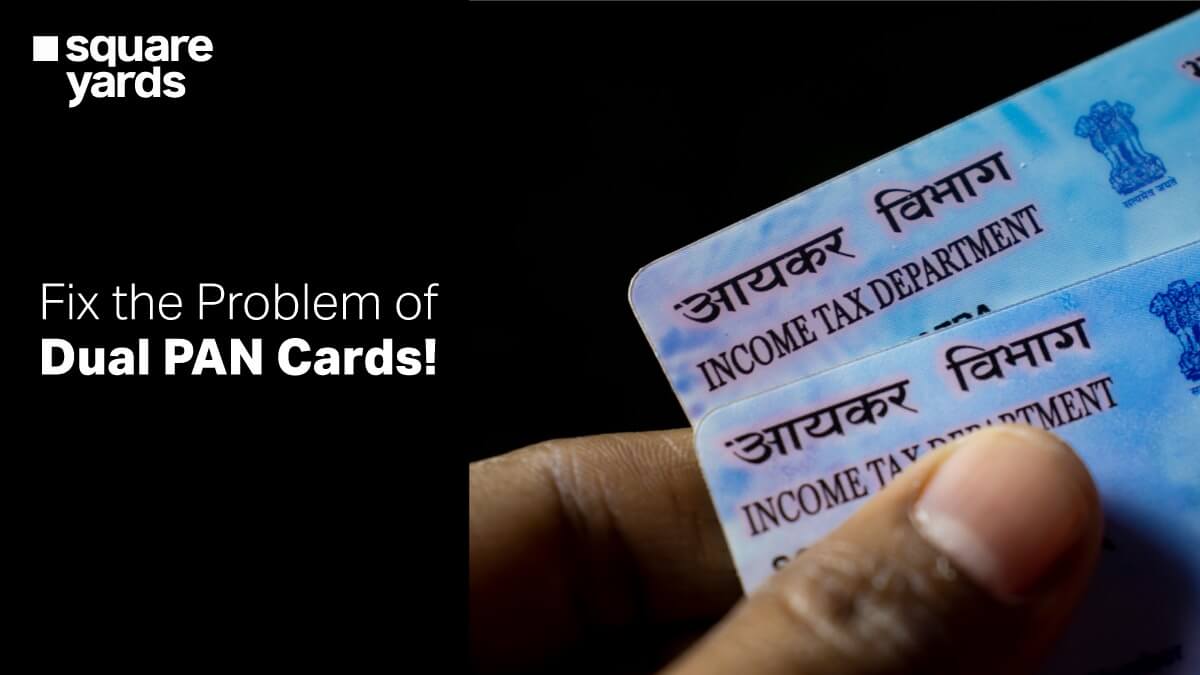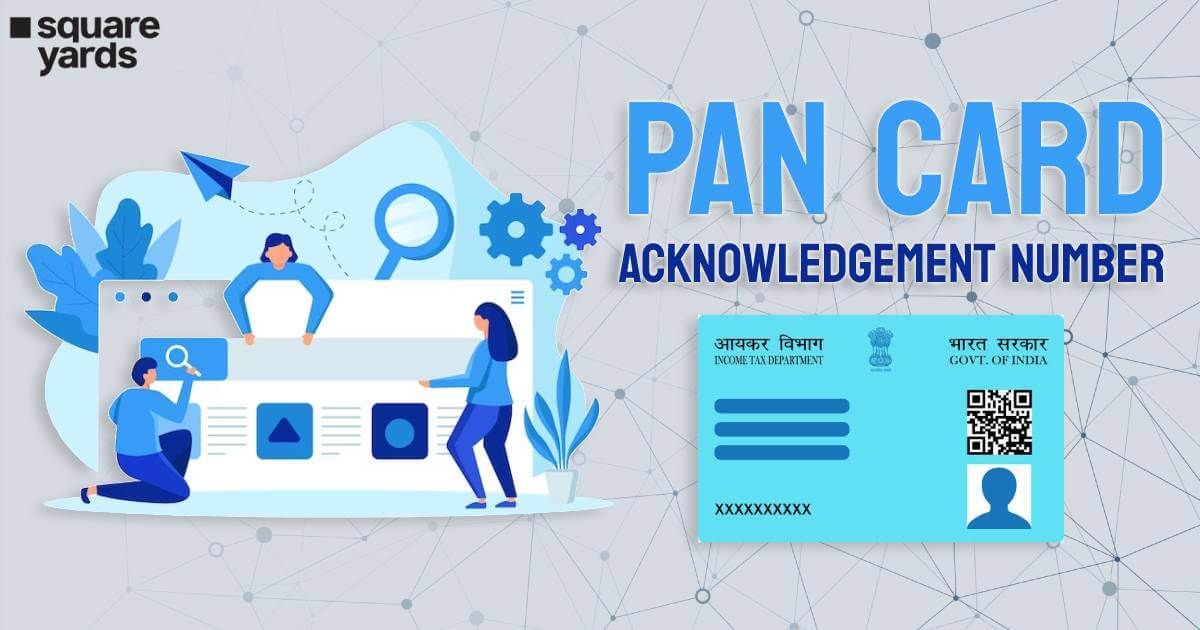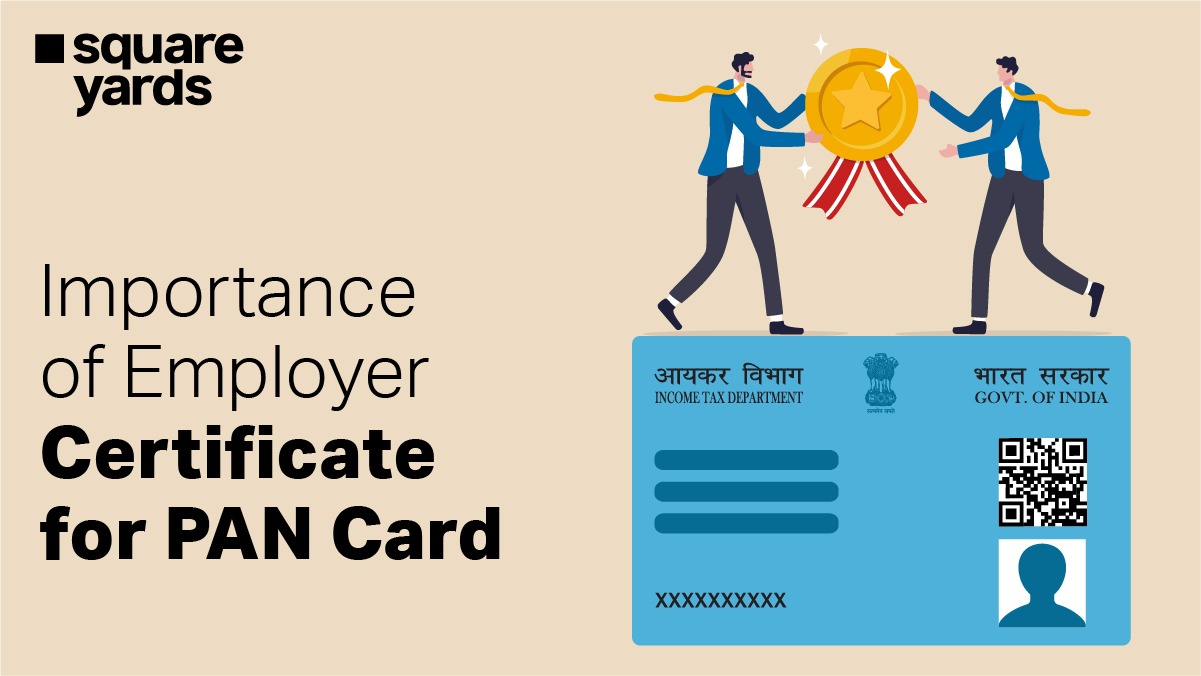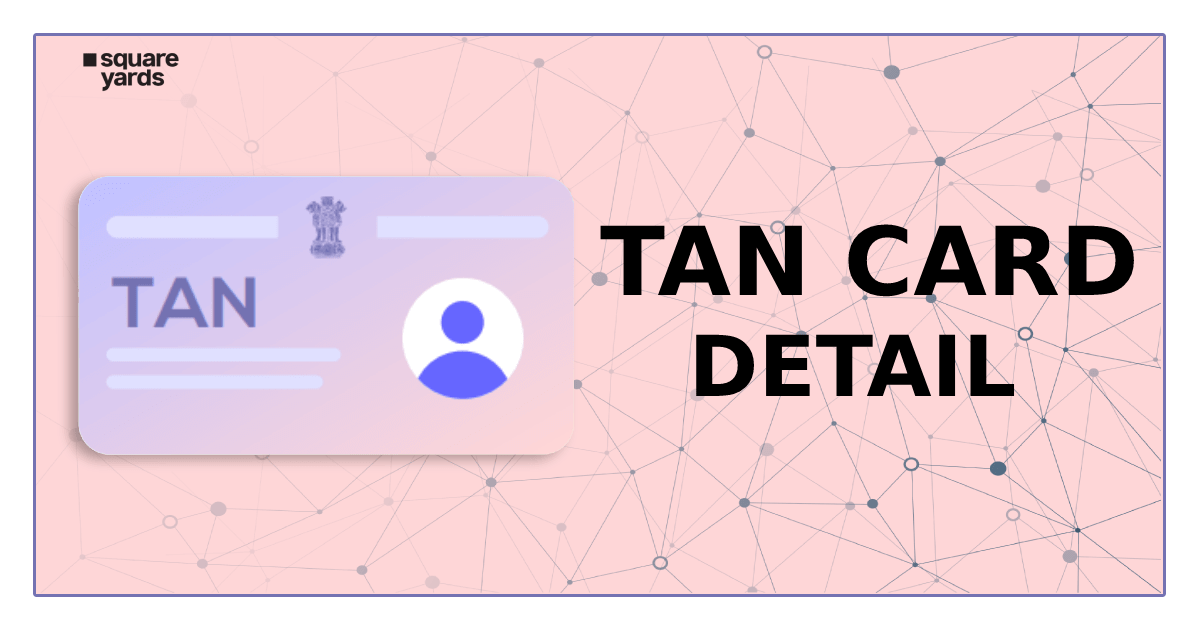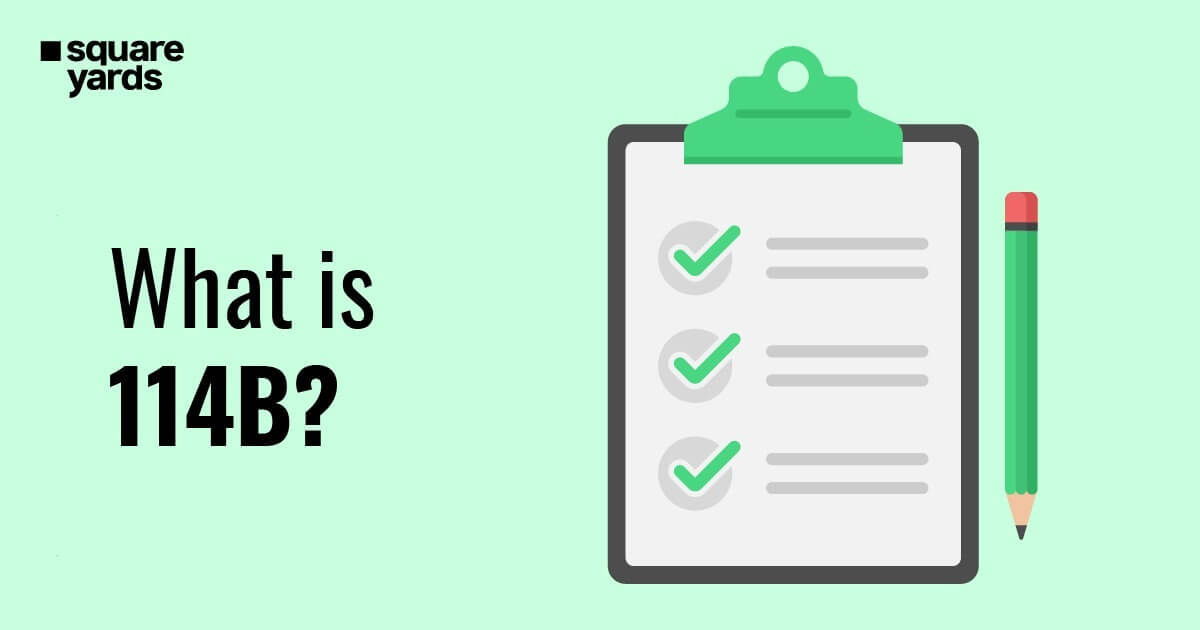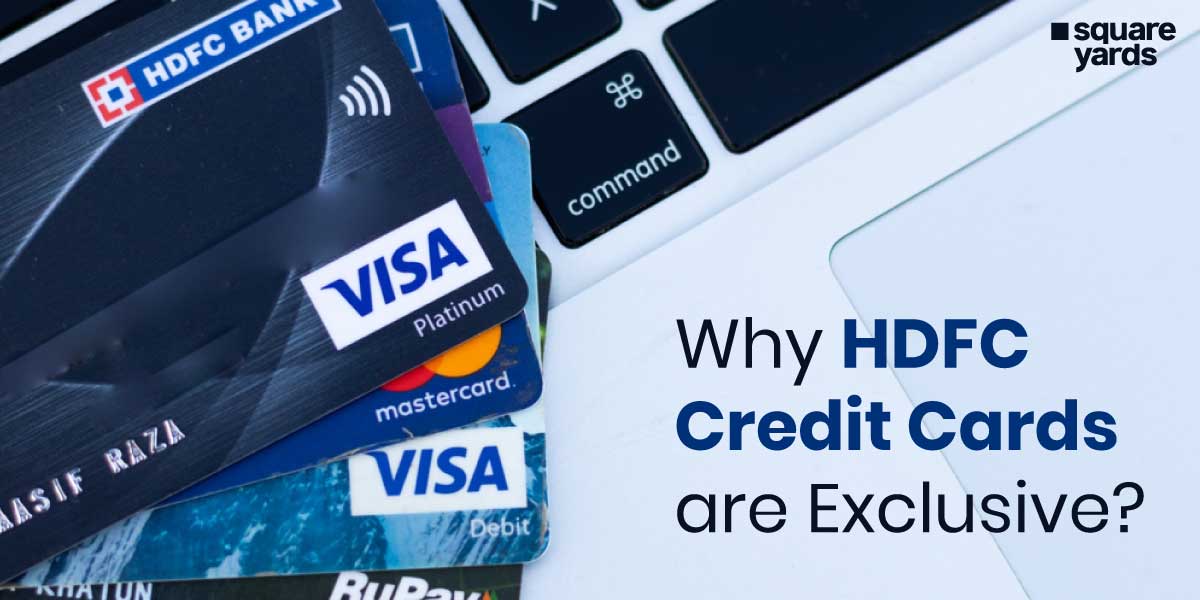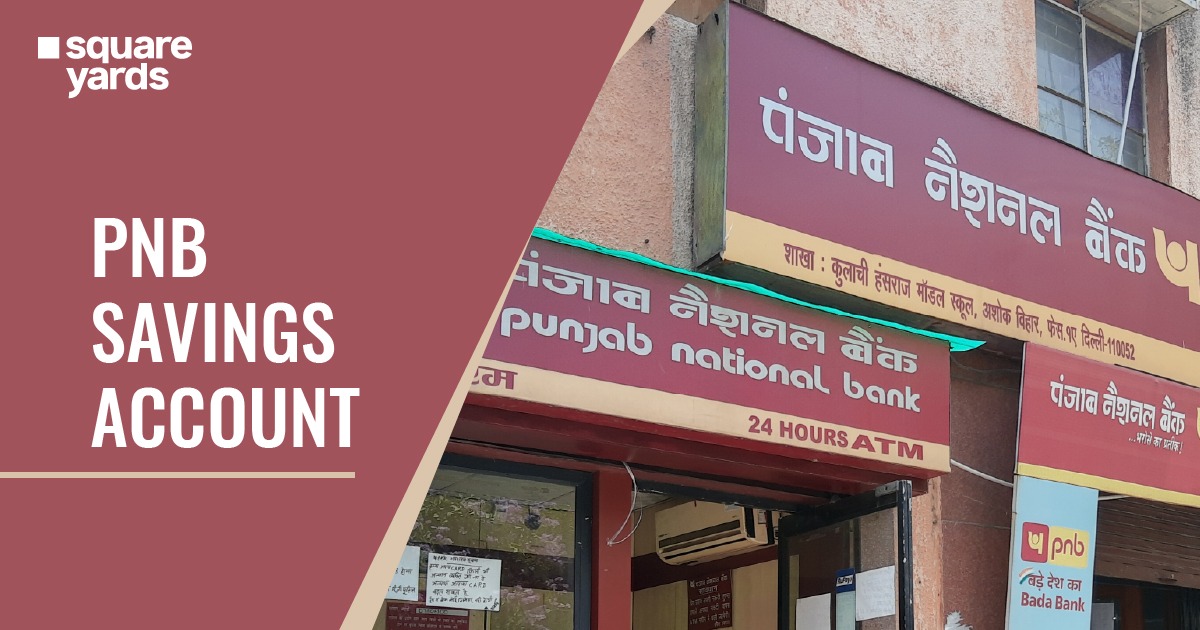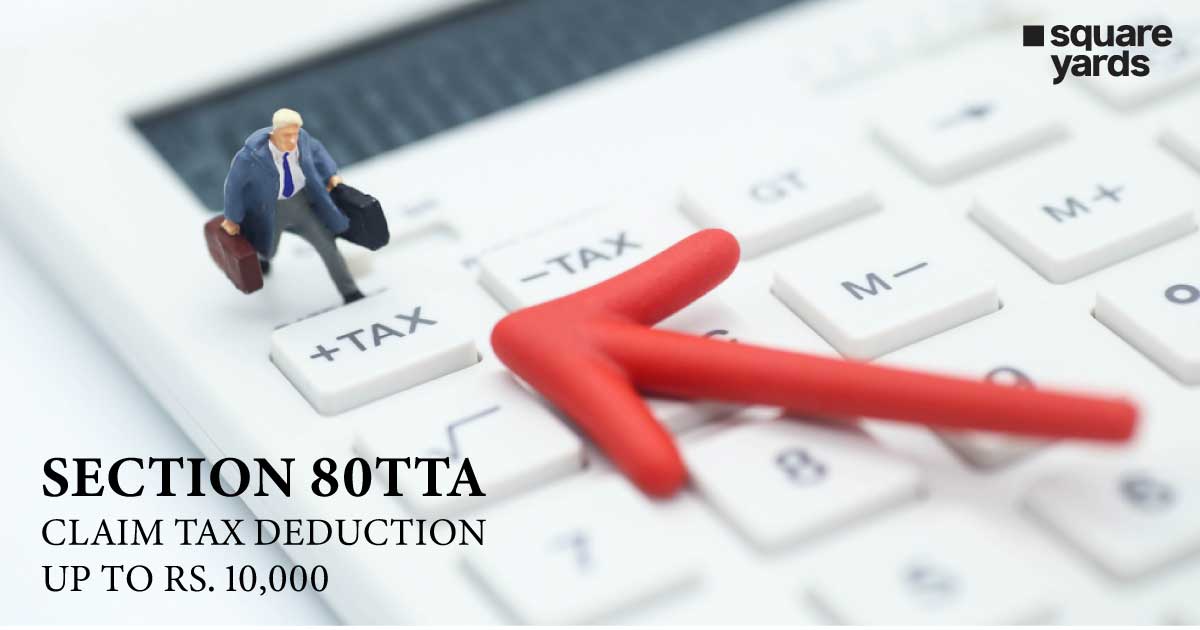Tax saver fixed deposit, also known as tax saving fixed deposit, is a safe and stable method for saving money compared to shares, stock, or mutual funds. With tax saving FD, you can enjoy several benefits, like tax exemption of up to Rs. 1.5 lakh, security, reliability, among others.
In this article, let’s get to know what you need to open a tax saving fixed deposit account, its various features and benefits, and the top banks offering this investment facility.
Table of contents
- What Does a Tax Saver FD Mean?
- How Tax Saving FD Works?
- What are the Key Features and Benefits of Tax Saving Fixed Deposit?
- Are There Any Disadvantages of Tax Saving FD?
- What is the Eligibility Criteria for Tax Saving Fixed Deposit?
- What are the Documents Required for Tax Saving FD Account?
- Tax Deduction on Fixed Deposits
- How to Avoid TDS on FDs
- How to Avoid TDS on FDs
- How to Start a Tax-Saving Deposit
- Facts That You Should Know About Tax Saving FD
- Let’s Summarize!
- Frequently Asked Questions (FAQ)
What Does a Tax Saver FD Mean?
As the name suggests, a tax saving fixed deposit helps you save your TDS deduction up to Rs. 1.5 lakh per annum as per Section 80C of the Income Tax Act, 1961. It is a type of fixed deposit that offers flexible maturity periods with a minimum of five years tenure and also enables the account holders partial withdrawals during the tenure and auto-renewals in case of tenure extension.
How Tax Saving FD Works?
You have to submit a principal sum of the amount as per your budget. The amount will be in the bank for a fixed period of time (minimum five years). The amount deposited by you will be locked in, and your money will grow as per the fixed interest rate.
As fixed deposits are not subjected to any market risks or interest rate variations, they remain the same throughout the tenure and are considered safe.
You also have the option to renew your tax saver fixed deposit if you don’t want to withdraw the amount at that particular time. Many banks even give the option of automatically renewing your FD while you sit back home and enjoy.
What are the Key Features and Benefits of Tax Saving Fixed Deposit?
Here are 11 key Features and Benefits of a Tax Saving Fixed Deposit.
- Easy Availability – Tax saver fixed deposit is available in almost all banks. You may also find tax saver FD in the bank where you already have your account. However, you should always do your research and look at the interest rates and other facilities they are offering.
- Assured Returns – Fixed Deposits offer higher interest as compared to saving accounts, varying between 5% to 8%. You can compare the different interest rates of some of the best banks for tax saving fixed deposit accounts from the table mentioned later in this blog.
- Exemption From Tax – The primary amount deposited by you in the FD account is exempted from any taxation under Section 80C of the Income Tax Act. In fact, through a tax saver fixed deposit, you can have an exemption of about Rs.1.5 lakh.
- Partial Withdrawals (Few Banks Only) – While usually, you cannot take out any amount from your FD account until its maturity, there are some banks that offer the flexibility to do so in your tax saver FD account via the facility of partial fund withdrawals.
- Get Renewed Automatically – FDs can be renewed on their own upon reaching maturity. The auto-renewal of FD accounts upon maturity is a convenient facility that saves you from the hassle of taking any extra initiative to extend your FD tenure manually.
- One Person Many FDs – You can open several FDs as per your choice, not only in one but in multiple different banks. And, the interest earned on these FD’s will be exempted from your tax.
- Loan Availability – You can even use your fixed deposit for a loan. This easy loan facility will help you in the time of need in managing your finances. In fact, you can ask for a loan for about 90% of the primary principal amount and the interest accumulated on it.
- Security – If you are investing in FD, then you are simply making your future secure. Even the fluctuations in the market won’t affect the interest rates of your tax-saving fixed deposit.
- Single or Joint Account – You can open your tax saving fixed deposit either as a single account or a joint account. This makes an FD account easier to maintain as any of the account members (in the case of a joint account) can withdraw or deposit money whenever they want.
- Transferrable – If you want, you can transfer your fixed deposit account from one bank branch to another branch, even in a different city.
- No TDS Deduction – With a tax saver fixed deposit, you will earn interest without having a TDS amount deducted. All you have to do is fill and submit Form 15H to the respective bank. However, this benefit will not be available if the interest gain is above Rs.50,000.
– You can open several FDs as per your choice, not only in one but in multiple different banks. And, the interest earned on these FD’s will be exempted from your tax.
Are There Any Disadvantages of Tax Saving FD?
While there are multiple benefits of a tax saving FD account, there are also some downsides to it. Let’s take a look at the three main disadvantages of a tax saving FD account.
- All the Returns are Fixed – The returns for your FD account are fixed despite any changes in the interest rate. This means that even if interest rates rise after creating an FD, the amount you receive will be the same, and it culminates in a loss.
- Lock-in Period – You cannot withdraw any fund until the FD has matured. However, if you need the money, you might have to pay a penalty fee in the form of less interest rate.
- Limited Benefits on Tax – In a tax saver FD, only Rs. 1.5 lakh is exempted from tax. Above that, you will have to pay the tax under the Income Tax Act.
What is the Eligibility Criteria for Tax Saving Fixed Deposit?
The below-listed eligibility criteria are applicable if you want to open a tax saver fixed deposit in India. However, these criteria may differ across various banks.
- You are an Indian resident or NRI (non-resident Indian).
- You have a joint account with two people or more.
- You are a senior citizen/minor/illiterate/specially-abled.
- Your firm is registered as a Sole Proprietorship company.
- You are affiliated with any society, trust, club, association, etc.
- You belong to any religious and educational organization.
- You run a registered company.
- You have an establishment registered in the form of a partnership firm.
Best Banks for Tax Saving FD in India
| Name of the Banks | For Regular Citizen (interest rate p.a.) | For Senior Citizens (interest rate p.a.) |
| State Bank of India | 6.50% | 7.50% |
| Kotak Mahindra Bank | 6.20% | 6.70% |
| HDFC Bank | 7.00% | 7.75% |
| Punjab National Bank | 6.50% | 7.30% |
| IDFC Bank | 7.00% | 7.50% |
| Deutsche Bank | 7.25% | 7.25% |
| Axis Bank | 7.00% | 7.75% |
| DCB Bank | 7.75% | 8.25% |
| Bank of Baroda | 6.50% | 7.50% |
| RBL Bank | 7.10% | 7.60% |
| State Bank of India | 6.50% | 7.50% |
| Kotak Mahindra Bank | 6.20% | 6.70% |
| HDFC Bank | 7.00% | 7.75% |
What are the Documents Required for Tax Saving FD Account?
If you plan to open a tax saving fixed deposit account, here is the list of documents that you will need.
Identity Proof: Here is the proof of identities you have to submit while opening a tax saver FD account:-
- Passport
- PAN card
- Senior citizen ID card if you are one of them.
- Voter ID card
- Driving license
- Aadhaar Card
Residential Proof: As an investor, you also have to submit proof of residence. These include:-
- Telephone or postpaid mobile phone bill
- Electricity bill
- Passport
- Bank statement with a canceled cheque.
- A certificate or ID card, issued by the post office at your address.
Also, you must follow the points mentioned below when you submit all the documents:-
- Provide all your original documents, along with their photocopies, for validation purposes.
- Make sure that the address proof and registered mobile number are valid and reliable.
- Make sure not to overwrite anything on the form.
Since most of the banks are now on digital platforms, registering and using a tax saver fixed deposit is easy. Some banks even offer service to their customer’s doorstep, especially for senior citizens. However, you might have to visit the branch bank to open your tax saving fixed deposit account and must also have a bank account.
Tax Deduction on Fixed Deposits
When it comes to the tax implications of Fixed Deposits (FDs), there are a few important facts to consider. The interest income you earn from an FD is fully taxable and is considered part of your total tax liability. It is categorised as “income from other sources” and subject to Tax Deducted at Source (TDS). The bank deducts TDS at the time of crediting the interest income into your account.
If your overall income is below Rs. 2.5 lakh in a year, the bank does not charge tax on your Fixed Deposit. However, some lenders may require you to submit Form 15G or 15H to claim this deduction. To save on TDS, it is advisable to submit Form 15G or 15H at the beginning of the financial year to avoid additional deductions.
If your total interest income from all FDs is less than Rs. 40,000 in a year, it is exempt from TDS. However, if your interest income exceeds Rs. 40,000, TDS at a rate of 10% will be deducted. Also, if you do not have a PAN card, the bank may deduct 20% of TDS.
Senior citizens (aged 60 years and above) have different tax deductions. Under Section 80 TTB of the Income Tax Act, they have a higher TDS exemption limit of Rs. 50,000.
How to Avoid TDS on FDs
Here are some simple ways to get tax free FD:
- If your annual income is below Rs 2.5 lakh, submit Form 15G (for individuals) or Form 15H (for senior citizens) to the bank to avoid TDS deductions.
- Go for post office fixed deposits as they don’t attract TDS deductions.
- Distribute your investment among family members to keep the interest earned below the Rs 10,000 threshold and avoid TDS deductions. Consult a tax professional regarding clubbing provisions.
- Open fixed deposits in different banks to keep the interest earned below the Rs 10,000 limit per bank, preventing TDS deductions.
- Make FD deposits towards the end or middle of the financial year to distribute TDS deductions over two years, keeping the interest below Rs 10,000.
Remember, you can claim a refund if TDS was deducted at a higher rate than your actual tax liability. Higher tax slab rates require paying the additional tax as a self-assessment tax. Use an FD calculator for accurate maturity calculations.
How to Start a Tax-Saving Deposit
To start a tax-saving deposit, follow these steps:-
- Select a bank that offers tax-saving deposit schemes. State Bank of India (SBI) and other major banks in India provide such options.
- Ensure that you meet the eligibility criteria specified by the bank for tax-saving deposits. Typically, individuals, Hindu Undivided Families (HUFs), and senior citizens are eligible.
- Collect the necessary documents, including identity proof, address proof, and PAN card. You may need to submit a photograph and the specified application form too.
- Visit your chosen bank and directly go to the customer service desk or the investment/finance department to inquire about the tax-saving deposit account.
- Get the application form for the tax-saving deposit scheme and fill it out correctly.
- Submit the filled application form along with the necessary documents to the bank executive. Ensure that you provide all the required documents as per the format.
- Pay the investment amount for the tax-saving deposit scheme. Depending on the bank’s policies, you can pay the entire amount upfront or in instalments.
- Once the deposit is made, the bank will provide you with an acknowledgement receipt and a tax-saving deposit certificate. Keep these documents safe for future reference.
Note:- While filing your income tax return, mention the investment made in the tax-saving deposit scheme. Use the certificate provided by the bank to claim the applicable tax deductions.
Facts That You Should Know About Tax Saving FD
Here are some interesting facts that you need to know before jumping into the process of Tax Saver FD:-
- Tax Saver FDs are considered safe investment options as they are offered by banks and financial institutions regulated by the Reserve Bank of India (RBI).
- Tax Saver FDs can be opened in a joint account.
- Tax Saver FDs offer both non-cumulative and cumulative interest payout options. In the non-cumulative option, the interest is paid out at regular intervals, such as monthly, quarterly, or annually. In the cumulative option, the interest is reinvested and paid along with the principal amount at maturity.
- The maturity amount of the Tax Saver Fixed Deposit is considered as income in the year of maturity. It is taxable as per your income tax slab at that time.
- Some banks may offer the facility to avail loans against Tax Saver FDs without breaking it.
The bank will provide you with Form 16A, which is a certificate that reflects the TDS (if any) deducted on the interest earned from the Tax Saver Fixed Deposit. This form is useful while filing your income tax returns.
Let’s Summarize!
If you are earning more than Rs. 5 lakh annually and want some exemption from paying tax, then opting for a tax-saving fixed deposit is really a good idea. To make the process easy and understandable, we have explained every little detail related to tax saver fixed deposit accounts. Obviously, the last decision will be yours but before investing, be aware of the interest rate, guaranteed returns, etc. You can contact your bank for more details and then decide about opening a tax-saving fixed deposit.
You May Also Read
Frequently Asked Questions (FAQ)
Any salaried employee can claim a TDS deduction of about Rs. 1.5 lakh under Section 80CCD (1) for their own participation towards the NPS accounts. This is one of the best tax-saving fixed deposit accounts for any adult (salaried or self-employed, minor and senior citizen who wants to invest money, get guaranteed results, and save tax. No, one can never withdraw a premature tax-saving FDs fund. As per the Banking Deposit Scheme 2006, before the completion of five years, no one can withdraw the amount. Even some banks may offer flexible partial withdrawal, but it may be applicable only after the five-year tenure of a fixed deposit is complete. No, tax-saving FD is not a risky investment. It is an investment that is completely protected and assures guaranteed future returns. You can credit all the money into your primary account after your tax-saving FD matures. How much tax deduction can one claim with tax-saving FDs?
Who can invest in tax saving FD?
Is premature withdrawal allowed in tax-saving FDs?
Is tax-saving FD a risky investment?
What is the next step after tax-saving FD matures?






